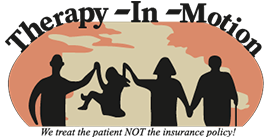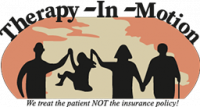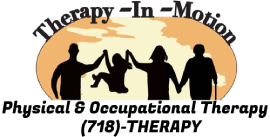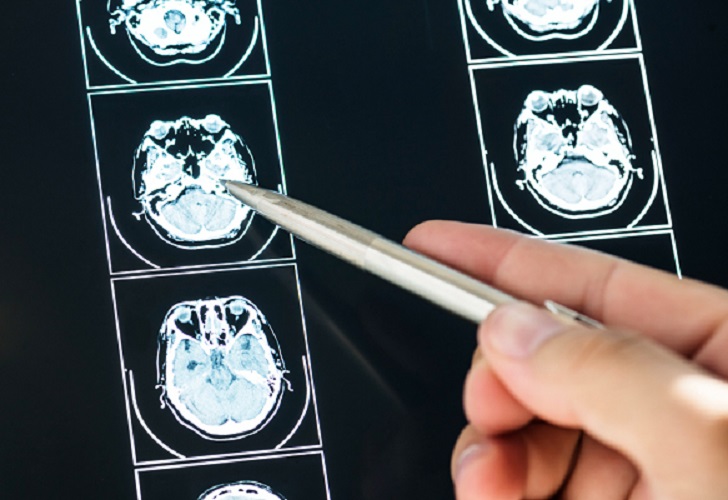
What Is Spastic Cerebral Palsy?
By: Dr. Abe Kopolovich, DPT, MBA
Cerebral palsy is a lifelong condition characterized by impaired motor control due to congenital (from birth) brain defects, often with other associated symptoms.
There are four different types of cerebral palsy, and spastic cerebral palsy, also called hypertonic cerebral palsy, is the type that’s diagnosed in 80% of people who have cerebral palsy.
What is Spastic Cerebral Palsy?
Spastic cerebral palsy is characterized by diminished motor control and spasticity of the muscles. Spasticity is tightness and rigidity of the muscle, sometimes with a jerky component. Contractures can develop in the affected muscles, resulting in a tight, fixed position of a limb that is difficult to move, even passively.
Spastic cerebral palsy can involve paresis (motor weakness) or plegia (paralysis) of the affected muscles. Three subtypes of spastic cerebral palsy are defined by which parts of the body are affected.
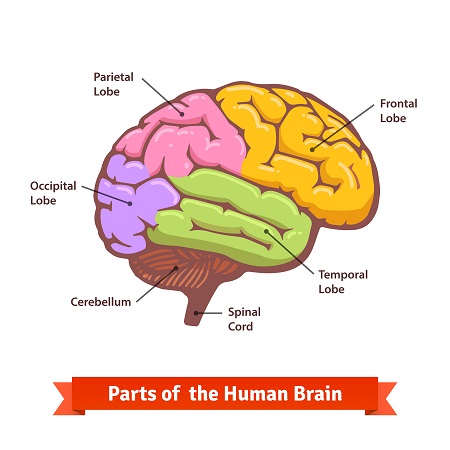
You or your child may have:
- Spastic hemiplegia/hemiparesis affecting one limb or the arm and leg on one side of the body
- Spastic diplegia/diparesis, affecting both legs
- Spastic quadriplegia/quadriparesis affecting all four limbs
The main difference between spastic cerebral palsy and the other defined types—ataxic cerebral palsy (predominated by coordination and balance problems) and dyskinetic cerebral palsy (predominated by abnormal involuntary movements)—is that spasticity is a predominant symptom of spastic type.
You can have more than one type of cerebral palsy, and the type of cerebral palsy you have can change over time. Some people have mixed cerebral palsy, with spastic dyskinetic being the most common combination.
Symptoms
The symptoms of spastic cerebral palsy can affect one or both sides of the body and might involve just one limb. Impaired voluntary movements, spasms, jerking, tremors, and muscle tightness can be present.
In addition to motor effects, spastic cerebral palsy can also cause cognitive deficits, vision impairment, diminished hearing, and seizures.
The condition affects each of the different muscle groups in the body in specific ways.
Upper Limbs
The arms may be contracted in a flexed position, held close to the body. Fingers can be held in a tight fixed position that appears to be grabbing something, with limited control of motion and impaired ability to relax the upper extremity.
Often, a person with spastic cerebral palsy has substantially diminished motor control of the one upper extremity, as well as moderately diminished control of the other upper extremity. Atrophy can develop in one or both upper extremities.
Lower Limbs
The lower extremities may be stiff, with the legs turned inwards and/or in an extended position. Scissoring is common—the knees are turned towards each other and may cross over each other, especially while walking. The foot or feet can be extended, sometimes leading to toe walking. Visible atrophy can be present.
Speech
Spastic cerebral palsy is associated with a choppy speech pattern, with abrupt stops and starts of vocal sounds. Children and adults who have this disorder can experience difficulty controlling the rhythm and volume of speech. The severity of the speech impairment often correlates with the severity of motor function of the extremities.
Other Muscles
Spastic cerebral palsy can be associated with drooling, facial spasms, or a twisted appearance of the mouth or face. Chewing and swallowing can be impaired, sometimes leading to a choking risk.
Sometimes the back can be extended, or the neck may be turned to one side and/or flexed downwards towards the body.
Spasticity may be evident in the first years of life, but it is most often detected later.

Causes
Cerebral palsy is present at birth. It is the result of impaired brain formation or brain damage, usually during the mother’s pregnancy, but it can also occur during or shortly after the baby’s birth.
Spastic cerebral palsy occurs when part of the motor strip of the cerebral cortex, the part of the brain that controls voluntary muscle movement, is structurally altered. This problem interferes with normal muscle movements (causing weakness), and it also interferes with normal muscle relaxation—resulting in the symptoms of overactivity, such as spasticity, jerking, and tightness.
Risk Factors
Risk factors include:
- Genetics: Research suggests that sometimes there can be a familial predisposition to cerebral palsy, although a pattern of inheritance or specific genes has not been identified.
- Hemorrhage: Bleeding or traumatic injury in the developing fetal brain can cause malformations and damage that lead to cerebral palsy.
- Toxin exposure/maternal infection: Researchers propose that exposure to infections or harmful chemicals could interfere with the proper formation of the developing fetal brain.
- Birth trauma: In some cases, cerebral palsy can occur due to a birth injury or trauma shortly after birth that damages the baby’s brain.
Diagnosis
The diagnosis of spastic cerebral palsy can be made before a baby is born, or it can be established during early childhood. Often, milder cases are not easily detectable until a child is older than 12 months.
Sometimes the diagnosis is made when the doctor visualizes the baby’s brain with a routine prenatal ultrasound. Many children who have cerebral palsy do not have visible abnormalities on brain imaging studies, however.
During a child’s infancy, diagnosis can be prompted by physical examination signs that are detected with a routine checkup. The diagnosis is often made based on parents’ observations of a child’s movements and behavior.
Diagnostic testing can include:
Physician examination: The physical examination is a crucial component of the diagnosis of spastic cerebral palsy. Your child’s doctor will check muscle strength, muscle tone, reflexes, coordination, walking, vision, hearing, and cognitive functions.
Typically, spastic cerebral palsy is characterized by diminished muscle control, increased muscle tone, and hyperactive reflexes of the affected limbs. Sometimes atrophy and/or contractures are present. And other signs, such as impaired vision, hearing deficits, slurred speech, drooling, or cognitive impairment, can be present too.
What Is a Neurological and Cognitive Exam?
Electroencephalogram (EEG): When recurrent seizures are part of cerebral palsy, an EEG can help in the diagnostic process as your child’s doctors determine the best course of treatment to prevent seizures.
Brain imaging: Sometimes the brain malformations of cerebral palsy can be seen with brain imaging tests, especially computerized tomography (CT), magnetic resonance imaging (MRI), or ultrasound.
Treatment
Many treatment options can help optimize a person’s ability to function and improve quality of life with spastic cerebral palsy. There is no cure for the condition, and there is no treatment that can reverse the damage or repair the malformation of the brain. However, treatment is important to prevent complications of cerebral palsy.
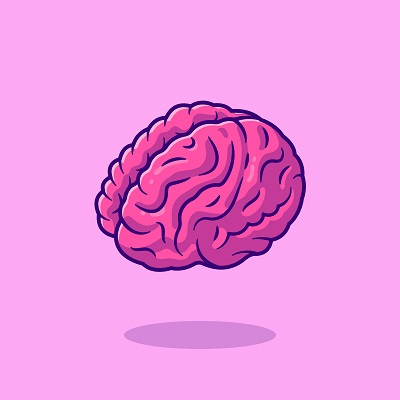
Treatments include:
- Muscle support: Lack of motor control can lead to problems such as muscle atrophy and contractures. Sometimes a splint or a brace can help slow the progression of these issues. Device-assisted support can also help position the back and trunk for stability and reduce the risk of injuries.
- Mobility aids: With spastic cerebral palsy, some people are not able to walk. Assistive devices like a walker or a wheelchair can help people get around.
- Physical therapy: Regularly scheduled physical therapy is a valuable component of the care plan for spastic cerebral palsy. Exercises can keep otherwise unused muscles moving, either passively or actively, to help prevent contractures, maintain muscle strength, and prevent atrophy.
- Speech and swallow therapy: Chewing and swallowing can be impaired with spastic cerebral palsy. This is often associated with difficulty speaking. Choking problems associated with impaired chewing and swallowing can be dangerous.5 Speech and/or swallow therapy would be beneficial for anyone who has problems with these functions.
- Medication: Symptomatic treatments can be used for reducing some of the effects of cerebral palsy. Your child’s doctor might prescribe an anti-epilepsy drug (AED) if recurrent seizures have occurred. Your child might also receive a prescription for a muscle relaxant to help control spasticity.
- Injections: Sometimes muscle spasticity is treated with an injection, such as botulinum toxin. This treatment is temporary and may need to be repeated after it wears off, but it can provide relief for months or longer. Less often, an injection of pain medication to treat chronic spasticity-associated pain may be used.
- Surgery: In severe situations, muscle contractures are surgically treated with a procedure, such as surgery to release tightness of the tendons.
Prognosis
Cerebral palsy is not a progressive disease. The defects in the brain do not worsen, but some physical impairments can become more noticeable as a person gets older.
People who have severe cerebral palsy can have a reduced life expectancy due to complications, such as injuries, infections, choking hazards, or comorbid health issues. Complications are more likely the longer a person is living with the condition.
Often, interventions to prevent and treat complications can be effective—potentially resulting in a near-normal life expectancy for people who have cerebral palsy.
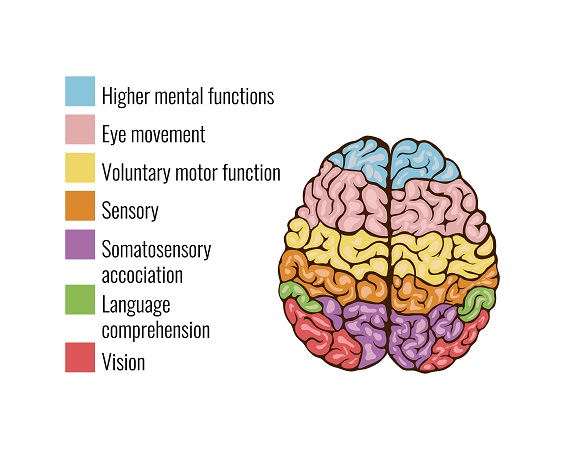
Coping
There is a range of effects of spastic cerebral palsy, and the severity of the condition can affect how a person copes with it.
If the condition causes mild effects, a person might be able to do almost everything on their own but might need some work or school accommodations. For some people who have severe spastic cerebral palsy, a lack of independence is a major effect of the condition.
It is important to maintain consistency with medical care and therapy. If emotional issues, such as depression or anxiety, are becoming apparent, your doctor can refer you to a therapist who can help you with talk therapy and/or medication.
Getting hands-on help from trusted family members, friends, and professionals can provide a break and alleviate some of the stress for primary caregivers.
Joining a support group, either locally or online, can help with getting advice, emotional support, camaraderie, and socializing. This can be beneficial for the person who has the condition and for family members as well.
Spastic cerebral palsy, the most common type of cerebral palsy, affects muscle control. It may also have other effects that necessitate treatment and intervention. It’s important that you work with your doctors and therapists to optimize function with spastic cerebral palsy. This can include a variety of treatment approaches and adjustments throughout life.

